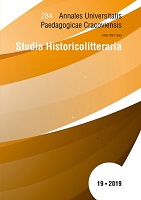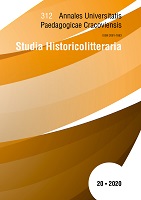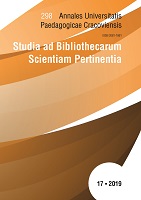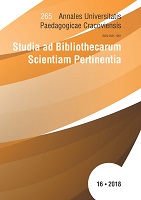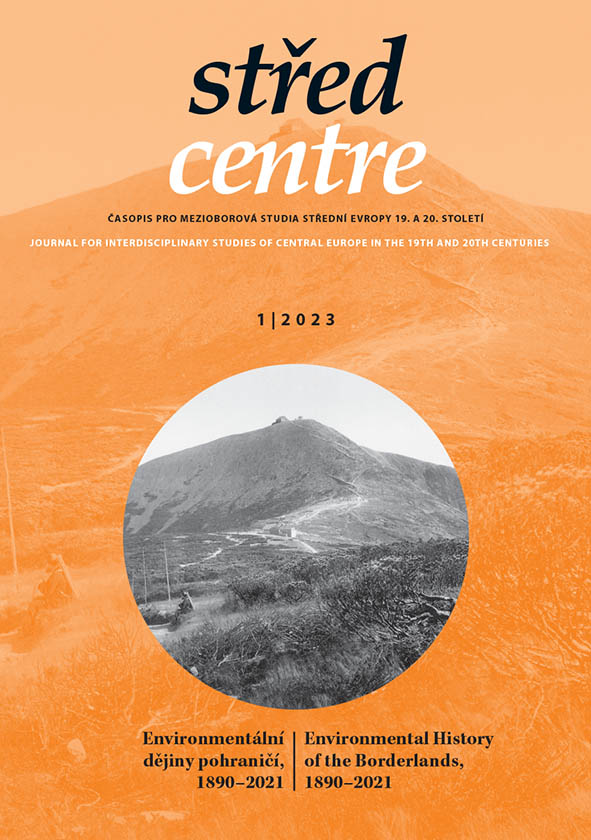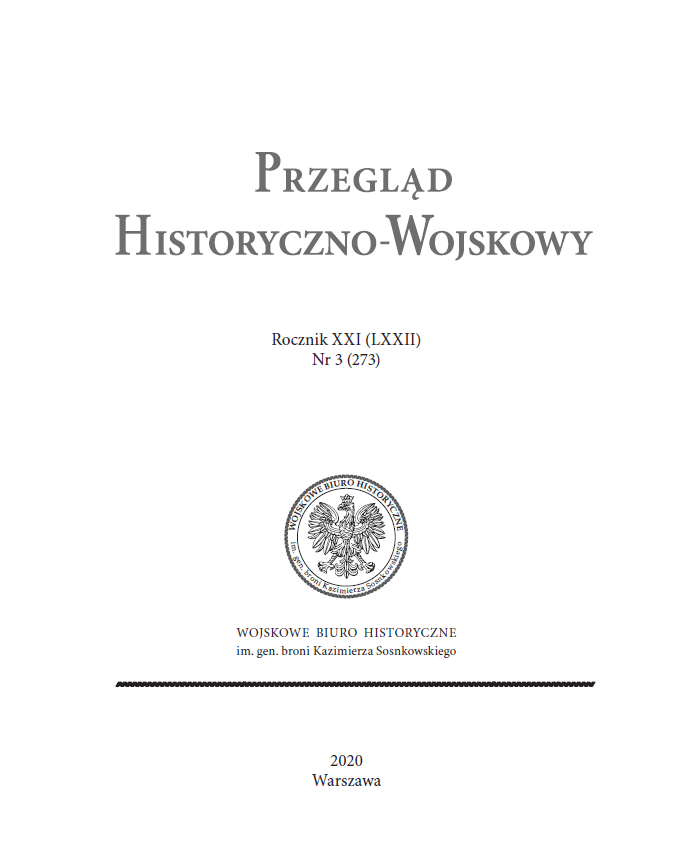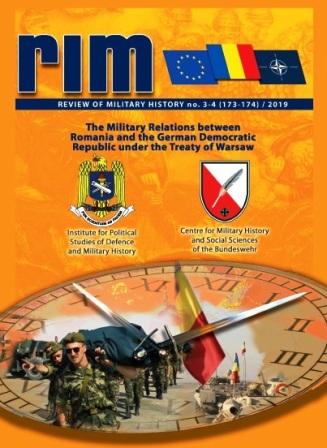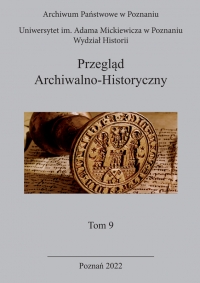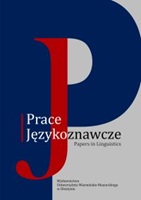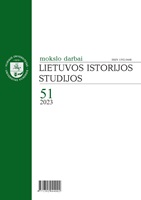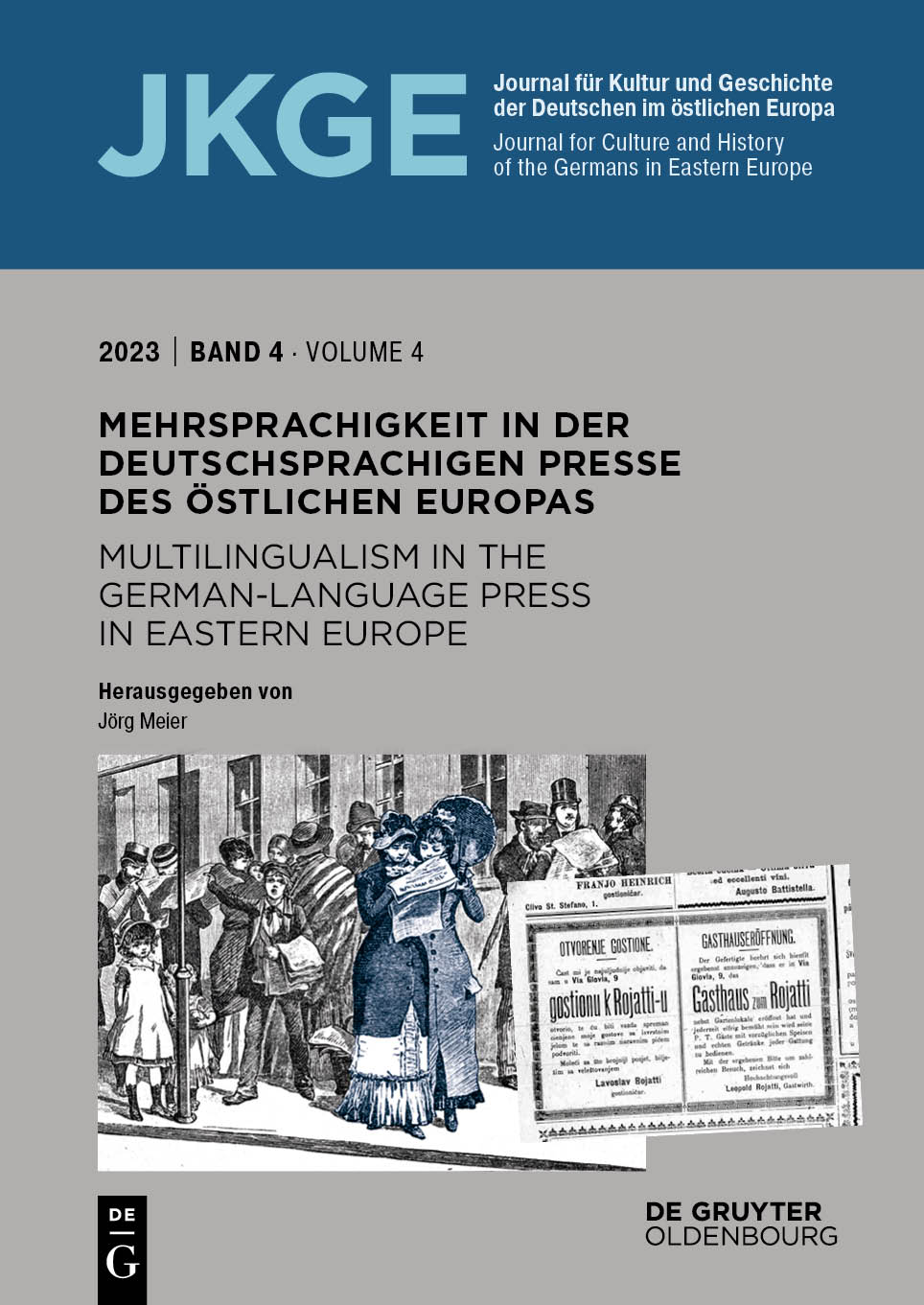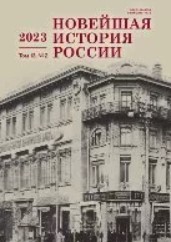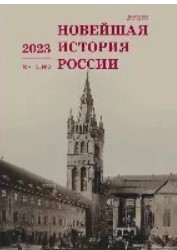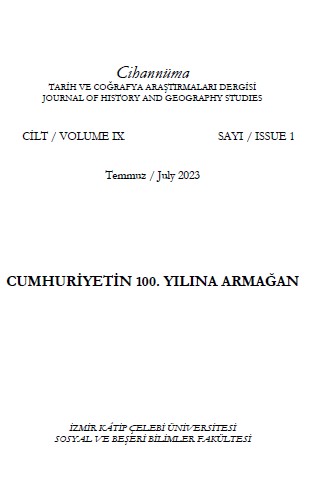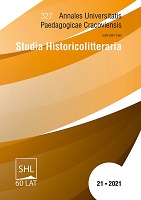
„Hiszpania! Jakież czarodziejskie słowo, jakże uroczo brzmi ten wyraz!”… Obraz Hiszpanii na przełomie XIX i XX wieku w polskich listach z podróży
Modern Polish ideas about the Iberian Peninsula can often be summarised in slogans: azure sky, beautiful women, bullfighting, Don Quixote from La Mancha. Has this image of Spain been with us for centuries, or has it been “produced” by modern mass tourism? The aim of this article is to analyse travel texts from the 19th and 20th centuries describing journeys around the Iberian Peninsula and an attempt to answer the question of what Spain looks like in the eyes of Poles deprived of their own statehood. Is it terra incognita, an exotic country with a rich history, in which travellers find a reflection in architecture and customs, fascinated by Madrid, Barcelona, and Salamanca? Or maybe it evokes disappointment? The article compares travel letters by four Polish travellers and historians: Aleksander Hirschberg, Adolf Pawiński, Józef Wawel-Louis, and Stanisław Starża. The analysis of the letters was divided into thematic blocks: historical Polish-Spanish relations, perceptions and impressions, opinions about Spaniards and Spanish women, and cultural controversies (corrida, cockfighting).
More...
